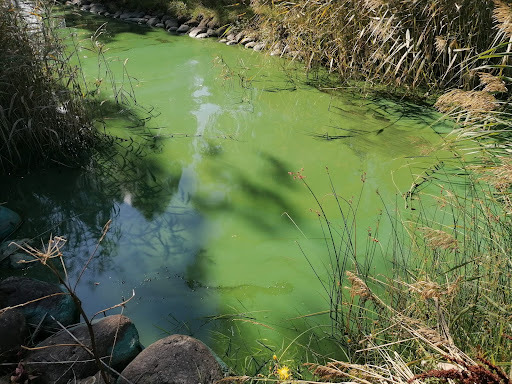The winter is here and the bloom season for blue-green algae (aka cyanobacteria) is coming to an end this year in the Baltic Sea.
Since we officially launched Origin by Ocean to the public we have repeatedly been asked by the general public how they could help us. The blue-green algae bloom topic is not easy to comprehend from a scientific or any other viewpoint. Hence we wanted to create an opportunity for each and everyone with a connection to the Baltic Sea to help out and provide us with bloom location data.
Crowdsourced data
For this particular reason, we launched the Levahavainto.fi service with the University of Helsinki, to gather more scientific data about the blooms and the different species of blue-green algae. This first year of running the web service was really exciting for us. This was the first time that we had an organized way of collecting data provided by the broad public using common tools like smartphones and tablets.
We launched this summer to support our cyanobacteria bloom harvesting activities. We would like to extend our sincere gratitude to everyone who helped us this summer by contributing to our crowdsourcing platform. With your contribution, you have made a major impact by helping us get closer to our goal of establishing the possibility to remove cyanobacteria bloom biomass along with nutrients like phosphorus from the Baltic Sea.
See the map below for the locations of the cyanobacteria bloom alerts that we received this summer (2021)
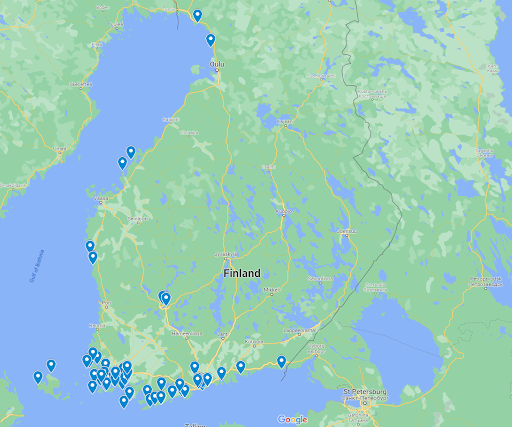
What results did we get in the season 2021?
The bloom biomass harvested this summer kept us very busy this year. With the samples collected, we have been able to do some amazing science and scientific discoveries. Unsurprisingly, the majority of the active hotspots were around the Turku and Helsinki archipelago.
We did not really know what to expect in terms of data coming in via the Levahavainto.fi service. This meant that we really had to learn on the fly, how to do this. Sample logistics was something we quickly had to grasp. Considering our small team and limited resources we curbed our sampling to 33 locations (including coastal and lake samples). As you can see from the map above most of the blooms are in the South-West part of Finland. Our “cyanobuster” car was busy driving to all locations and delivering the samples to the lab.
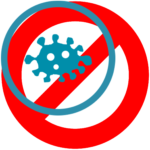
After sorting out the logistics, the real science work could begin. The science, in this case, was to analyse the samples for the diversity of the cyanobacteria populations. The analytics we have done are for toxins produced and other biomolecules of interest for industrial applications.
From analysing all of the samples this summer we found the following cyanobacteria species to be the most common ones: Dolichospermum, Aphanizomenon flos-aquae, Nodularia spumigena and Microcystis.
-
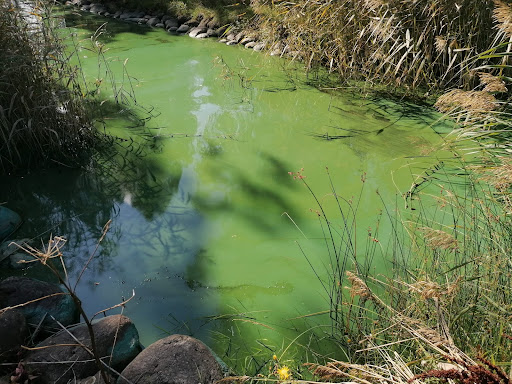
Blue-green algae bloom 1 -
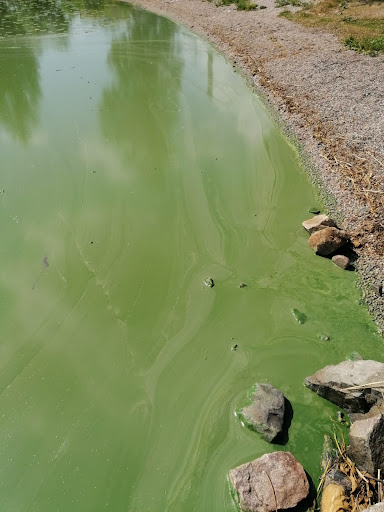
Blue-green algae bloom 2 -
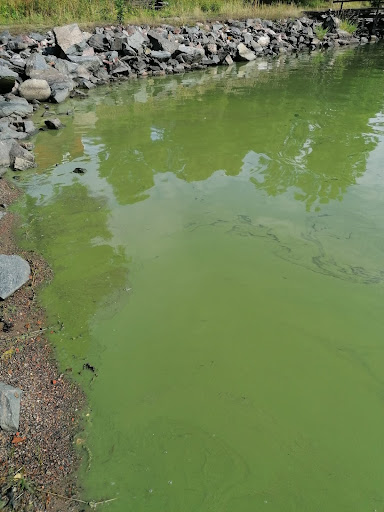
Blue-green algae bloom 3 -
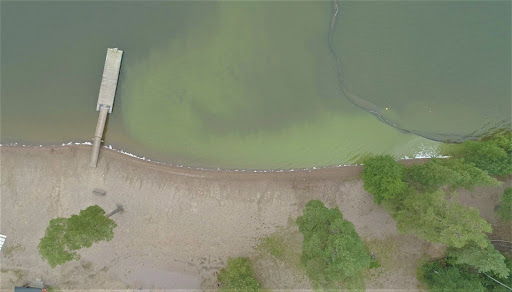
Drone-assisted aerial bloom view
What is coming for the bloom season of 2022?
We are continuing to improve the usability of the Levahavainto.fi service. We would like to make it it even easier to collect data using the service. Are you a mobile app developer? Would you like to help us?
Based on the experience from this summer we will be more efficient in communicating about this app. We would like to make sure that everyone will know about this service next summer!
Are you into communications? Would you like to help us spread the message?
Or are you a social media influencer that cares about the Baltic Sea? If so, reach out to us and let’s start making plans that we can execute efficiently this summer.
